Guide to Standard Ceiling Heights in Australia
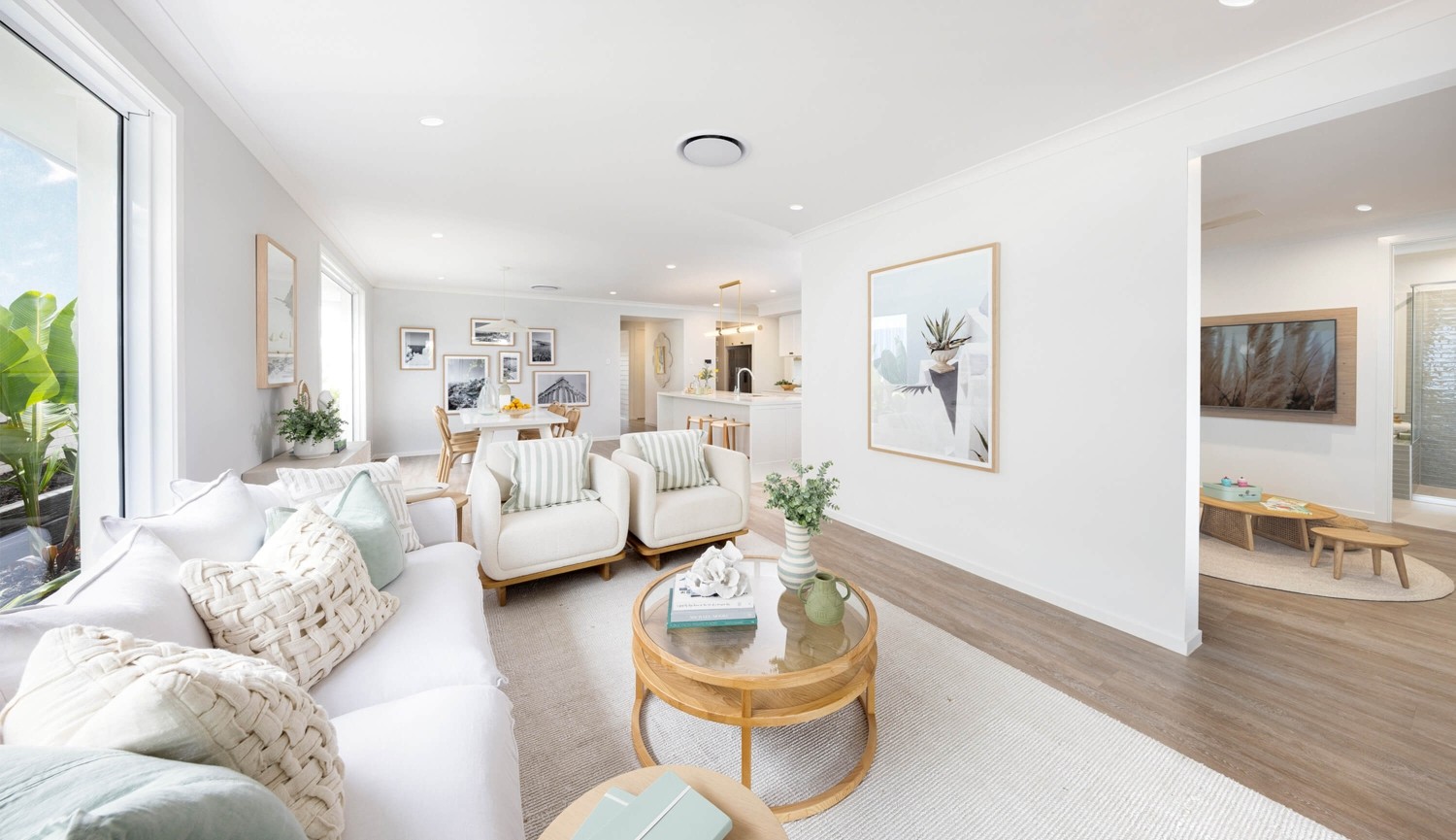
Ceiling height is an essential factor to consider when building or renovating a property, as it can significantly impact the functionality and aesthetics of a space. In Australia, some specific standards and regulations must be followed to ensure that buildings are safe and habitable.
This guide to the standard ceiling height in Australia will provide an overview of the minimum and recommended heights for different types of spaces, like your dining room, bedroom, and bathroom, as well as information on the benefits of a high ceiling and the potential implications of non-compliance with these standards.
It's important to know the standard ceiling height Australia requires if you're building or moving into a new home.
What's the Standard Ceiling Height?
The standard ceiling height in Australia is generally 2.4 meters (8 feet), although there can be variations depending on the building type and local building codes. If you need to figure out what your ceiling height is and if it meets the minimum ceiling height in Australia, you should consult a building inspector.
The Australian standard ceiling height 2.4-meter height is often used as a guideline for residential properties. Still, some builders or homeowners may choose to go higher or lower based on personal preference. In some cases, a high ceiling can create a more spacious and open feel, while lower ceilings can make rooms, like bedrooms, feel cosier and warmer.
At Brighton, we have listened and are committed to a better way to build, that's why our standard ceiling height is above the national standard. That's right on all Gallery and Elwood collections, the ceiling height is 2590mm to the ground floor.
Minimum Ceiling Height in Australia
In Australia, the National Construction Code (NCC) specifies the minimum ceiling height for habitable rooms in residential buildings. According to the NCC, the standard ceiling height Australia requires for habitable rooms should be 2.4 meters (8 feet), except for bathrooms, laundries, and other service rooms where the ceiling height can be lower but not less than 2.1 meters (7 feet).
If a ceiling height in a residential building does not meet Australian requirements, it can have significant implications for the habitability and value of the property. For example, rooms with low ceilings can feel cramped and claustrophobic, affecting the living space's liveability and reducing the property's resale value.
If you discover that the average ceiling height used in your property is below the Australian standard, you may need to take steps to address the issue. Depending on the circumstances, this may involve raising the height of the ceiling, lowering the floor level, or modifying the use of the space.
It's important to note that any modifications to the ceiling height must comply with local and building codes, which may involve obtaining permits and working with licensed professionals such as builders and architects.
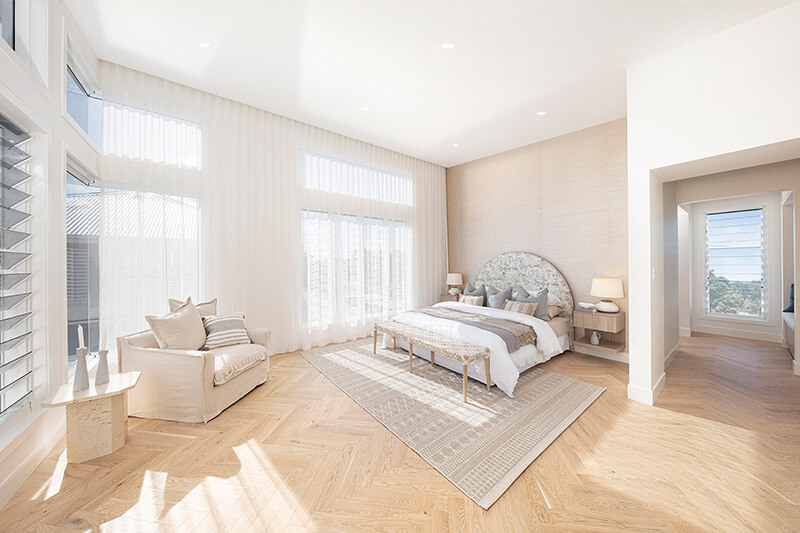
Why Is Ceiling Height So Important?
Ceiling height is an essential consideration in building, home design and construction for several important reasons, some of which are easy to overlook!
First is comfort and liveability. Ceiling height can significantly impact the comfort and liveability of any space. Walking into a room with low ceilings can feel cosy (or uncomfortable, depending on the person), while high ceilings can create a sense of openness and spaciousness.
Another important consideration when choosing the ceiling height is the space's functionality. Rooms with high ceilings can accommodate taller furniture or larger items, while rooms with lower ceilings may be more suitable for intimate gatherings or activities. A tall person might also struggle to feel comfortable in a room with low ceilings.
An often-overlooked concern when it comes to ceiling height is energy efficiency. High ceilings can increase the volume of air in a room, which may require more energy to heat or cool. Lower ceilings can reduce the volume of air, which can make it easier to maintain a comfortable temperature. While the difference might not be much, it can be something that homebuilders consider when choosing heights.
Ceiling Types
Here are a few of the most common ceiling types you might encounter and the benefits of each:
Raked
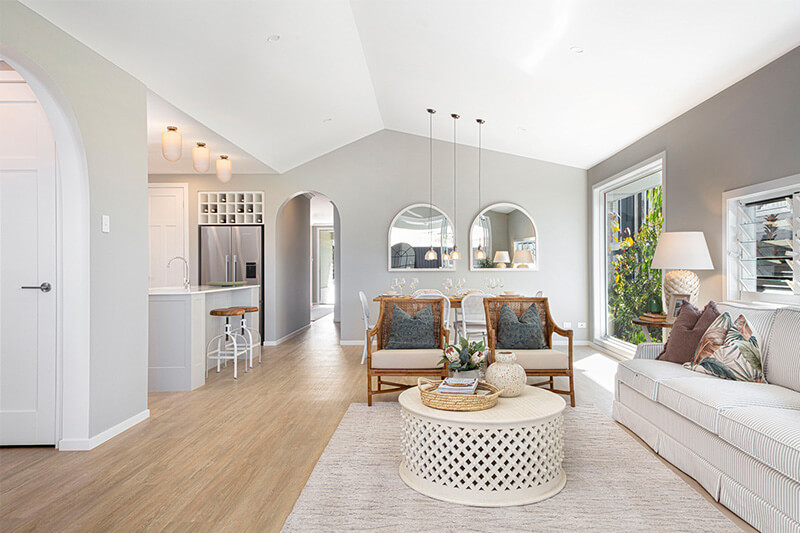
Raked ceilings are sloped or angled and follow the roofline of a building. This type of ceiling design can create a dramatic and unique look, particularly in spaces with high or vaulted ceilings, but it might not be for everyone.
Plain
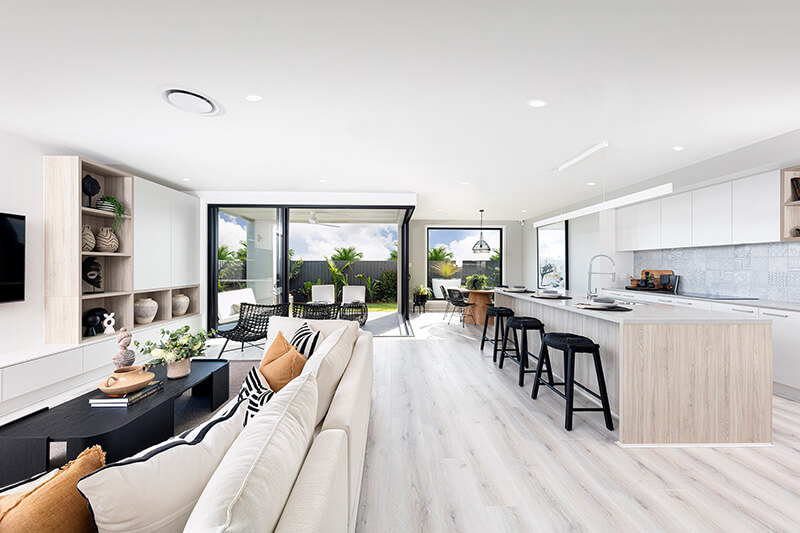
Raked ceilings are sloped or angled and follow the roofline of a building. This type of ceiling design can create a dramatic and unique look, particularly in spaces with high or vaulted ceilings, but it might not be for everyone.
Double Storey Void
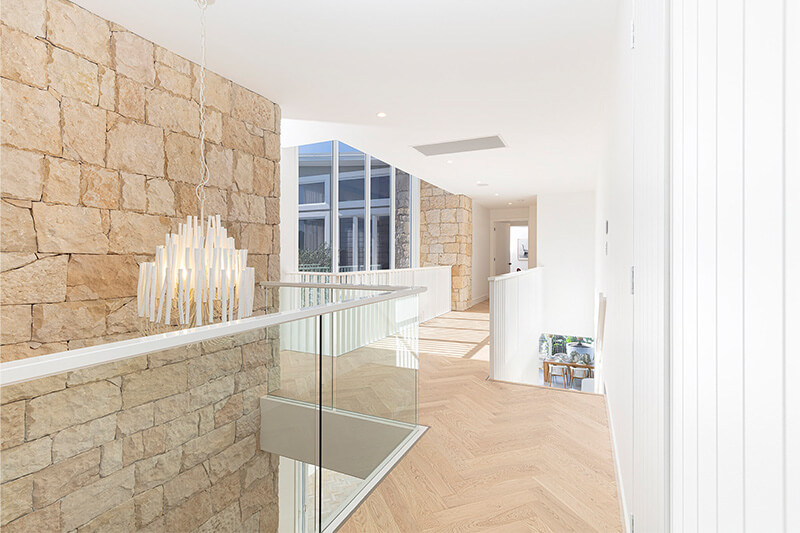
Double storey void ceilings are tall, open ceilings that span two floors. This type of ceiling can create a sense of grandeur and spaciousness and is well-suited for entryways, bedrooms or living areas.
Coffered
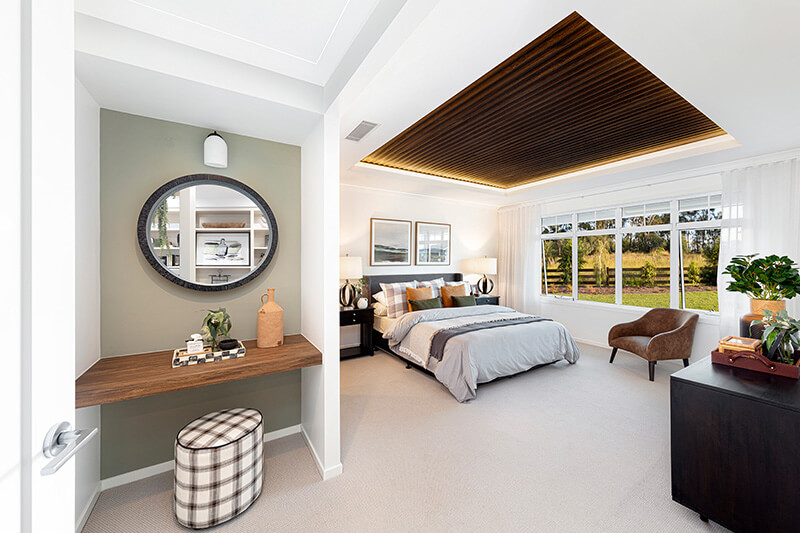
Coffered ceilings are decorative versions that feature recessed panels or indentations. This type of ceiling design can add depth and texture to the space and enhance acoustics.
How Can I Upgrade My Ceiling Height?
So, can you increase ceiling height? Yes. But, increasing the ceiling height of an existing building can be a challenging and costly process, as it typically involves major structural modifications.
When it comes to the question of how much does it cost to increase ceiling height, it depends on the specific circumstances. Costs could include raising the roof, lowering the floor, or even adding a new level to the building.
At Brighton Homes, we want to make sure our customers have options when it comes to creating their dream home. That's why we offer the opportunity to upgrade the ceiling height in any of our homes. Our Gallery and Elwood home designs already come with 2590mm ceilings for the ground floor, giving rooms a spacious and enjoyable feel. But if you want even more height, you have the option to increase your ceiling height. Contact us today to discuss how you can upgrade the ceilings in your new Brighton Home.
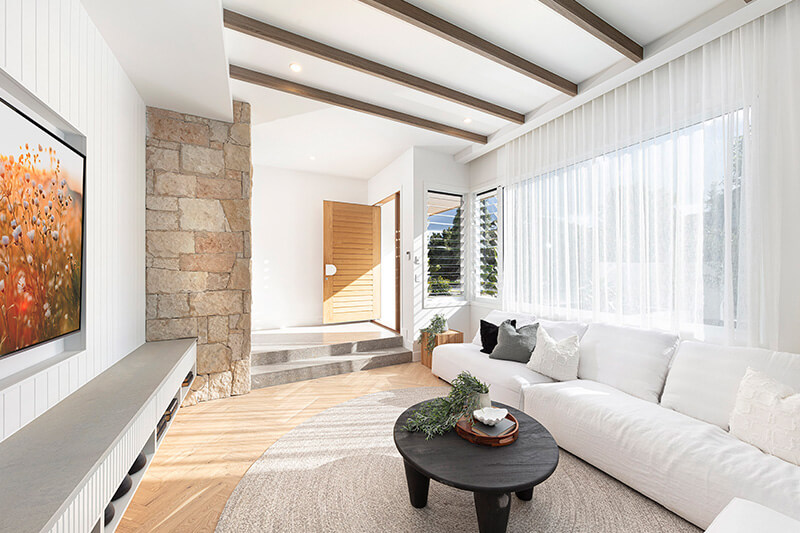
Benefits of High Ceilings
Here are a few of the undeniable benefits of having high ceilings:
An Abundance of Natural Light
High ceilings allow more natural light to enter a space, creating a brighter and more inviting atmosphere. This can also help to reduce the need for artificial lighting and decrease energy costs. This can be very important for homes that have limited space.
Your Home Feels More Spacious
Additionally, a higher ceiling can create the illusion of more space, making a room feel larger and more open. This can be particularly beneficial in smaller homes or apartments where space is limited. Often, small homes and apartments with high ceilings are in much greater demand than those with lower ceilings. This may be critical if you want to install ceiling fans in your house.
Sense of Grandeur
One of the most impressive features of having taller ceilings is their ability to add a sense of grandeur and elegance to a space. What was once a functional, habitable room can suddenly feel spacious. This can make a home feel more luxurious and sophisticated and, therefore, higher quality.
This can be particularly beneficial in larger homes or spaces designed for entertaining. It's more common to find high ceilings in the family room, for example, than in the bathroom or laundry room. It's here that you're likely going to be spending the most time (and the most time with guests). You may find that a low ceiling is okay in less-used rooms.
Add to the Resale Value of Your Home
Lastly, getting the right ceiling height is usually seen as a desirable feature in homes and can add to the resale value of a property. In many cases, buyers are often willing to pay an added cost for homes with high ceilings, particularly in areas where space is at a premium for all the reasons listed above. These homes usually stand out among houses with minimum ceiling heights.
Discover the transformative power of high ceilings for your home by visiting one of Brighton Homes' display homes today. With a ceiling height that complements your floorplan design and family's lifestyle, you can achieve a sense of spaciousness and luxury that will elevate your living experience.
